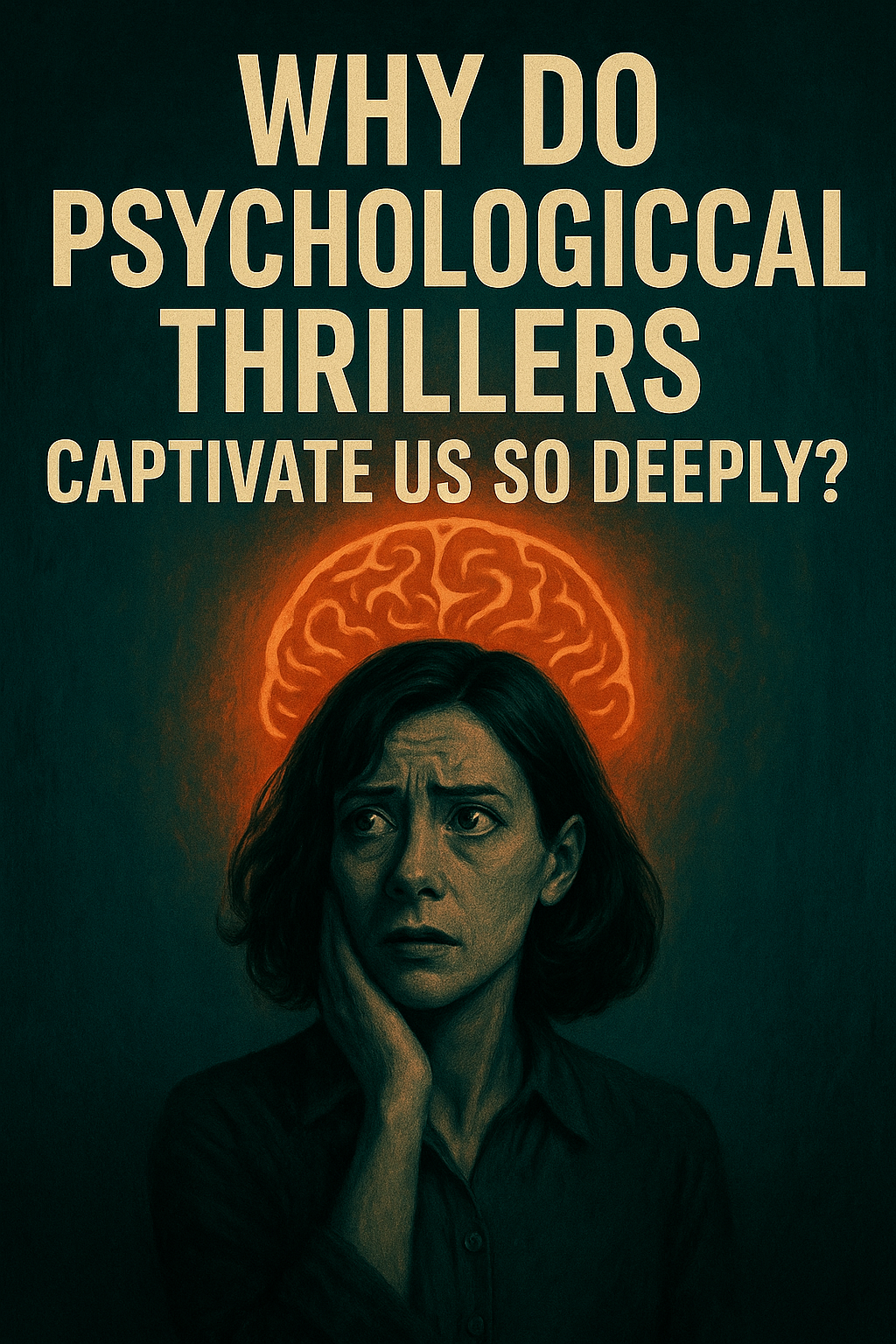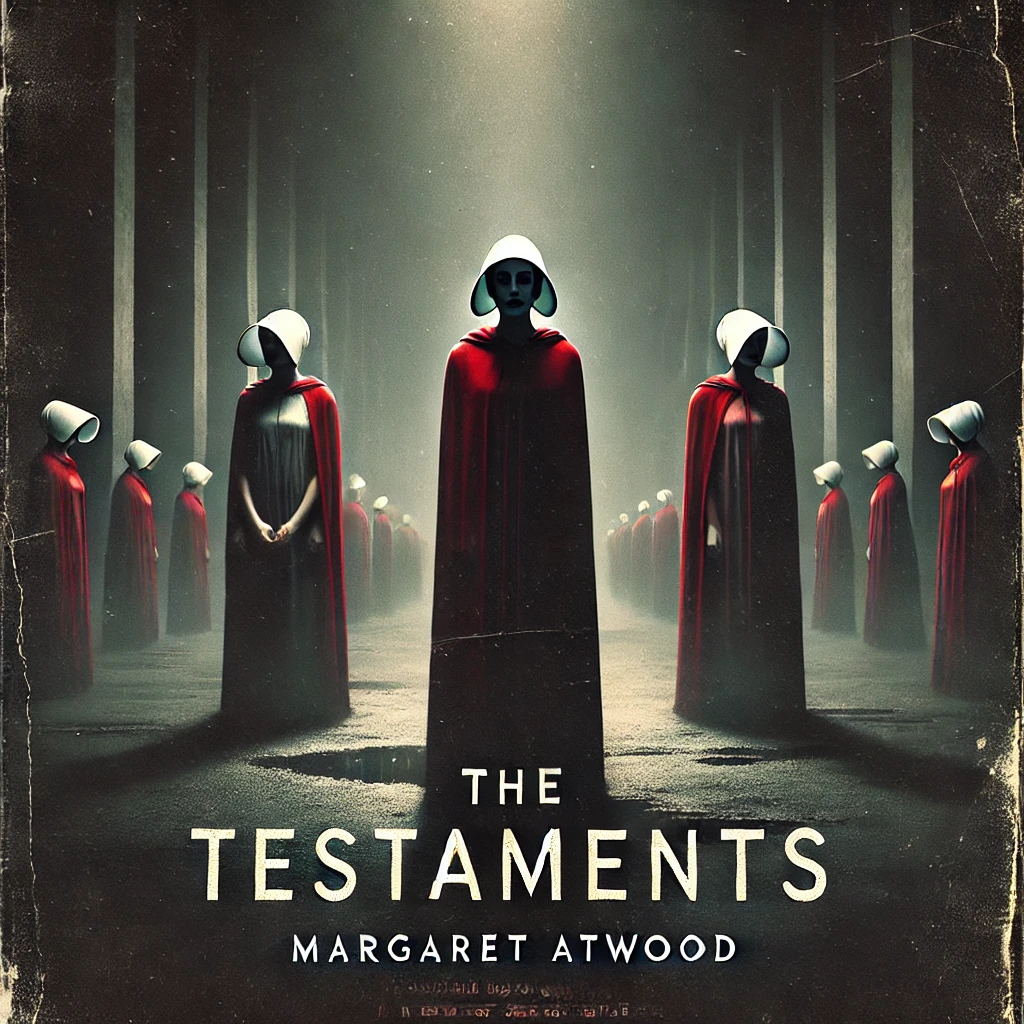Introduction to ‘The Tattooist of Auschwitz’
Heather Morris’s novel, The Tattooist of Auschwitz, presents a poignant narrative woven from the harrowing experiences of Lally Sokolow, a Jewish inmate during one of history’s darkest periods. Centering on true events, the story delves into the paradoxical existence of Lally, who, in the throes of unthinkable suffering, is conscripted into the role of a tattooist in Auschwitz. This haunting occupation demands that he tattoo serial numbers onto the arms of fellow prisoners, an act tied both to the grim realities of their condition and the dehumanizing processes of the Nazi regime.
Despite the omnipresent shadows of horror and despair, ‘The Tattooist of Auschwitz’ is punctuated by an unexpected and enduring love story. Amidst the barbed wire and brutalities of camp life, Lally encounters Gita Furman, another inmate who becomes the focal point of his affections and hope. Their love blossoms in this disturbing setting, offering a glimmer of human connection and resilience. Through their journey, Morris sheds light on the multifaceted experiences of Holocaust victims, marking a narrative that transcends mere survival and ventures into the territory of emotional recuperation and attachment.
The novel’s exploration of these extreme circumstances reveals the strength of the human spirit, highlighting themes of love, solidarity, and resistance against the backdrop of systemic atrocity. As readers navigate Lally and Gita’s intertwined paths, they are prompted to reflect on the intersections of fate, choice, and morality within the inhumane confines of Auschwitz. Morris’s meticulous crafting of the narrative ensures that ‘The Tattooist of Auschwitz’ stands as a testament to the indomitable nature of love and survival, even in the face of unimaginable cruelty.
Historical Context and Setting
“The Tattooist of Auschwitz” is set against the harrowing backdrop of World War II, a period marked by unparalleled destruction and inhumanity. Central to this narrative is the infamous Auschwitz-Birkenau concentration camp, a death factory where millions of Jews and other marginalized groups were subjected to unimaginable cruelties under the Nazi regime. Auschwitz, located in occupied Poland, functioned not merely as a labor camp, but as a symbol of the genocide known as the Holocaust.
During the Holocaust, the Jewish population faced systematic extermination. Auschwitz-Birkenau, as the largest and most notorious of the Nazi camps, became synonymous with the atrocities committed during this dark chapter of history. The camp’s dual role as a labor and extermination center meant that prisoners faced both forced labor and the constant threat of death in the gas chambers. Life in Auschwitz was characterized by brutal living conditions, starvation, disease, and incessant violence from the guards.
Amidst this chaos, an organized system was put in place to catalog the prisoners, which saw the establishment of the role of the ‘Tatowierer’ or tattooist. This position, central to “The Tattooist of Auschwitz,” held unique significance within the camp’s dehumanizing bureaucracy. Tasked with branding new arrivals with identification numbers, the tattooist operated at a critical intersection of life and death. Each number was a stark reminder of the individual’s reduced identity and their place within the machinery of the Holocaust.
Those assigned as tattooists often faced moral and ethical dilemmas. While they were perpetrators of a form of violence, complicit in the system, they were also victims seeking survival amidst extreme adversity. Their role involved complex interactions with other prisoners and with the camp’s administration. This duality provides a poignant backdrop for the novel, illustrating the intersection of human endurance, complicity, and resistance. Thus, “The Tattooist of Auschwitz” not only tells a personal love story but also illuminates the broader historical context and the grim realities of life in one of history’s darkest periods.
Character Analysis of Lally Sokolow
Lally Sokolow, the protagonist of “The Tattooist of Auschwitz,” is a figure of incredible complexity and strength. Before being forced into the harrowing environment of Auschwitz, Lally was an ordinary man leading a relatively peaceful life. His background offered little training for the unimaginable trials that awaited him. However, his inherent qualities of intelligence, resourcefulness, and empathy soon become his greatest assets in the Nazi concentration camp. These characteristics not only facilitate his survival but also enable him to assist others in dire need.
Upon his arrival at Auschwitz, Lally is assigned the daunting and morally ambiguous role of the camp’s tattooist. Tasked with marking fellow prisoners with identification numbers, Lally grapples profoundly with the ethical implications of his work. Although he is initially repulsed by the duty, his pragmatic side recognizes it as a means of staying alive. Over time, Lally uses his position to forge connections, distribute additional food, and offer small acts of kindness—each a beacon of humanity in an otherwise dehumanizing setting.
One of Lally’s most remarkable traits is his ability to find hope and maintain his integrity amidst the overwhelming brutality surrounding him. His love for Gita, a fellow prisoner, serves as a powerful motivator. This relationship fuels his resilience, providing both emotional sustenance and a clear purpose. Through Lally’s eyes, readers witness the complexities of love flourishing even in one of history’s darkest chapters. His journey is not just one of survival, but also of the human spirit’s capacity for love and compassion.
Lally’s transformation over the course of his imprisonment is profound. He evolves from a man of simple origins into a symbol of courage and altruism. His moral struggles do not erode his character; rather, they refine it, highlighting the inexorable strength of the human spirit. In essence, Lally Sokolow exemplifies how inner resilience can triumph over the most oppressive circumstances, making his story one of the most compelling aspects of “The Tattooist of Auschwitz.”
The Role of Love and Romance
In “The Tattooist of Auschwitz,” love and romance play a pivotal role, weaving a thread of hope through the harrowing experience of the concentration camp. The relationship between Lally and Gita forms the emotional core of the narrative, highlighting the resilience of the human spirit even in the bleakest circumstances.
Lally, tasked with tattooing the identification numbers on fellow prisoners, meets Gita during one such grim encounter. Despite the initial horror of their surroundings, sparks of affection and mutual understanding begin to flicker between them. Their relationship evolves quietly at first, marked by stolen glances and brief, whispered conversations. As their bond strengthens, it becomes a vital source of solace and motivation for both.
The development of Lally and Gita’s love story is complex, shaped by the omnipresent dangers and severe deprivations they endure. They face numerous challenges, including the constant threat of separation, the scarcity of food and basic necessities, and the ever-present cruelty of the camp guards. Yet, their love empowers them to persist, imbuing their daily existence with a sense of purpose and resilience.
Amid the brutality, their relationship becomes a sanctuary, offering fleeting moments of joy and normalcy. These instances of connection—whether through exchanged letters, hidden gifts, or shared dreams of a future together—defy their grim reality and underscore the novel’s key message: even in the darkest times, love can light the way.
Through Lally and Gita’s story, “The Tattooist of Auschwitz” illustrates the extraordinary capacity of love to provide strength, courage, and hope. Their romance is not merely a subplot but a testament to how love can endure and even thrive in the face of unimaginable adversity, reminding us of the powerful human ability to find light and warmth amid darkness.
The Ethical Dilemmas Faced by Lally
Navigating the harrowing landscape of Auschwitz, Lally, the tattooist, confronts profound ethical dilemmas daily. His role, while granting him a marginally safer position within the concentration camp, places him in a morally torturous position. Tasked with inking identification numbers onto his fellow prisoners, Lally grapples with the visceral reality of contributing to their dehumanization. Each stroke of the tattoo needle marks a conflict between survival and complicity, a grim balancing act he must perform to endure.
Psychologically, Lally’s predicament is fraught with internal strife. The moral anguish stems from his awareness that his actions, though coerced, play a part in the brutal system designed to strip individuals of their identity and humanity. His position is particularly isolating; the other prisoners view him with a mix of resentment and pity, acutely aware of the complex layers of his imprisonment. This isolation compounds his ethical distress, forcing Lally into a continuous negotiation with his conscience to justify his survival.
Lally’s reconciliation with his internal conflicts reveals a remarkable depth of character. Though burdened by the knowledge of his role in the regime’s machinery, he finds subtle ways to assert his humanity and compassion. Whether through small acts of kindness or silent solidarity, Lally endeavors to preserve his moral integrity. These efforts provide a semblance of redemption, highlighting his desire to mitigate the harm caused by his unavoidable actions.
The impact on Lally’s psyche is profound. The constant pressure to survive under conditions that demand moral compromise leads to lingering effects on his mental health. Yet, his resilience and ability to forge connections amidst the brutality underline a narrative of complex human survival. Lally’s story, therefore, not only speaks to the physical endurance required to withstand such horrors but also to the nuanced psychological strength needed to navigate the ethical labyrinth posed by his circumstances.
Survival and Resilience in the Face of Adversity
Lally, the protagonist of “The Tattooist of Auschwitz,” exemplifies a profound narrative of survival and resilience amidst the harrowing conditions of the Holocaust. Amidst the constant threat of death, Lally and fellow prisoners employ various strategies to endure their suffering. Forming alliances is one such vital tactic; the bonds the prisoners forge offer more than just emotional comfort. These connections serve as lifelines, providing materials, information, and mutual support critical for survival in an environment designed to dehumanize and destroy.
Despite the overwhelmingly dire circumstances, maintaining a sense of humanity becomes another pillar of resilience. Acts of kindness, small gestures of care, and efforts to sustain dignity—even in modest ways—rekindle the prisoners’ spirits. This sense of humanity is seen in the shared stories, the exchange of names instead of numbers, and moments where laughter and camaraderie break through the pervasive gloom. These instances of normalcy and joy, though fleeting, are crucial. They offer a semblance of life beyond the camp’s cruel confines, providing a psychological buffer against the brutal reality.
Hope and inner strength emerge as indispensable components of the prisoners’ survival toolkit. Hope, even in its most fragile form, becomes a beacon for many. It manifests through the continued belief in liberation, through dreams of reuniting with loved ones, and through the steadfast refusal to surrender to despair. This inner strength, fueled by love, memories of better times, and a relentless determination to survive, acts as a powerful counterbalance to the omnipresent darkness. It enables prisoners to endure punishments, grueling labor, and the daily witnessing of unspeakable atrocities.
In “The Tattooist of Auschwitz,” the intertwining of survival tactics and resilience threads an intricate tapestry of human endurance. It underscores the extraordinary capacity of individuals to sustain life through collaboration, humanity, and an unyielding spirit of hope, even in humanity’s most desperate moments.
Reception and Criticism
Since its publication, “The Tattooist of Auschwitz” has garnered a broad spectrum of reactions, ranging from critical acclaim to contentious debates. Critics have largely appreciated Heather Morris’s poignant portrayal of love and survival amid the harrowing circumstances of the Holocaust. Numerous reviews have commended the author for her compelling narrative that humanizes the inmates of Auschwitz, offering readers an intimate glimpse into their resilience and hope.
Many readers have resonated deeply with the novel, expressing admiration for its heartfelt depiction of Lale Sokolov and Gita Furman’s relationship. The love story, set against the backdrop of one of history’s darkest periods, has moved countless individuals, contributing to the book’s widespread popularity and success. Additionally, the personal interviews and testimonies incorporated into the narrative have been praised for their authenticity and emotional depth.
However, “The Tattooist of Auschwitz” has not been without its share of controversy. Some historians and critics have raised concerns regarding historical inaccuracies and embellishments within the story. These critiques argue that, while the book captures the spirit of survival, certain deviations from factual events risk misrepresenting the historical atrocities of the Holocaust. Such discrepancies have sparked discussions about the boundaries of creative license in historical fiction and the responsibilities of authors in portraying real-life events.
Despite these criticisms, the impact of “The Tattooist of Auschwitz” on Holocaust education remains significant. The novel has spurred renewed interest in World War II history and the lived experiences of concentration camp survivors. It has also contributed to ongoing conversations about the importance of remembering and educating future generations about the atrocities of the Holocaust, ensuring that such events are never forgotten.
In the realm of historical fiction, “The Tattooist of Auschwitz” stands out as a powerful testament to the enduring spirit of love and human resilience, provoking thoughtful reflection and discussion among its readership.
Conclusion and Reflections
“The Tattooist of Auschwitz” by Heather Morris stands as a poignant testament to the enduring power of love and the indomitable spirit of survival amidst the staggering horrors of the Holocaust. The narrative of Lale Sokolov, the eponymous tattooist, transcends the mere recounting of historical events, offering readers a deeply personal glimpse into the resilience and humanity of those who endured unimaginable suffering. His love for Gita is not just a focal point, but serves as a lifeline, illuminating the path even through the darkest corridors of Auschwitz.
As a society, it is crucial to remember and honor stories like Lale’s. They serve as vital reminders of the past, ensuring that the atrocities committed are never forgotten and, more importantly, never repeated. The lessons gleaned from Lale’s experiences underscore the importance of empathy, compassion, and the need for vigilance against intolerance and hatred. His journey, marked by both anguish and hope, mirrors the experiences of countless Holocaust survivors whose voices continue to echo through the annals of history.
In reflecting upon “The Tattooist of Auschwitz,” readers are reminded of the extraordinary capacity for human beings to find light in the darkest of places. The book underscores the transformative power of love, which quietly but persistently fosters hope and courage, even in the bleakest of circumstances. Lale and Gita’s story is a powerful narrative of resilience and affirmation of life, emphasizing that even amidst inhumanity, the human spirit can triumph.
The novel’s relevance today is underscored by ongoing global challenges related to human rights, displacement, and discrimination. Lale Sokolov’s story serves as an urgent call to remember our shared humanity and to remain resilient in the face of adversity. As we ponder the journey of Lale and Gita, we are reminded that love and the human spirit are unyielding, enduring forces that can illuminate even the darkest chapters of our history.



